Big Air, Freestyle, or Wave Riding?
Ready to elevate your kiteboarding game? Discover which kiteboarding style suits you best—whether you want to jump high, do wakeboarding tricks, or ride the waves. Here’s a quick guide to help you decide:
Big Air: Reach New Heights
Big Air focuses on powerful jumps and loops combined with board maneuvers and sensational spins. Ideal for those who love high-flying thrills. This discipline will keep you hooked—literally! Keeping the chicken loop attached to your harness allows you to jump high with all the pull coming from your waist. It’s usually one of the first exciting steps in your kiteboarding learning curve.
Many people perceive big air discipline as risky. However, it’s not inherently dangerous or painful as long as you maintain proper technique, especially keeping the kite above you while you’re in the air.
The current world record for big air kiteboarding stands at an impressive height of about 43 meters (141 feet). That’s enough altitude to spend a thrilling 15 seconds in the air!
Difficulty: Requires mastering jumping techniques and kite control. Progression is gradual but rewarding.
Best Conditions: Strong, consistent winds. Initially, moderate winds are better for safety and confidence. As you improve, strong winds will enhance your experience. Flat water isn’t essential but can be beneficial for stronger edge and smooth landings.
Travel Spots: Our favorite spots for Big Air include Colombia and Northern Brazil.
Great For: Riders of all ages who crave big jumps and aerial tricks.
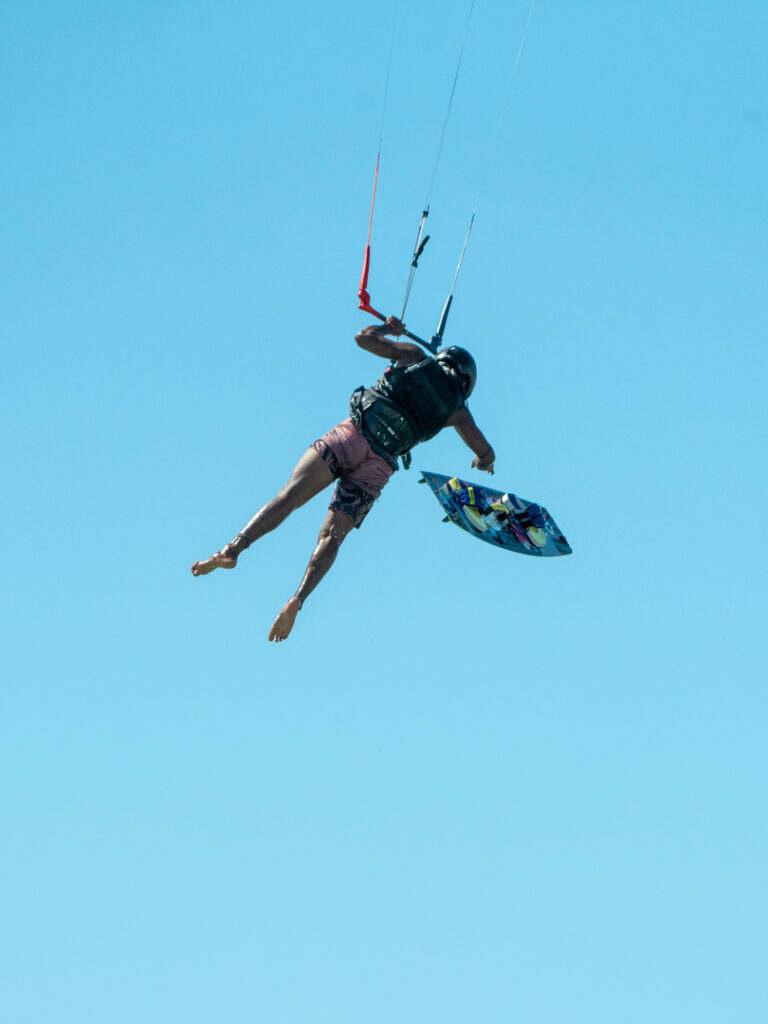
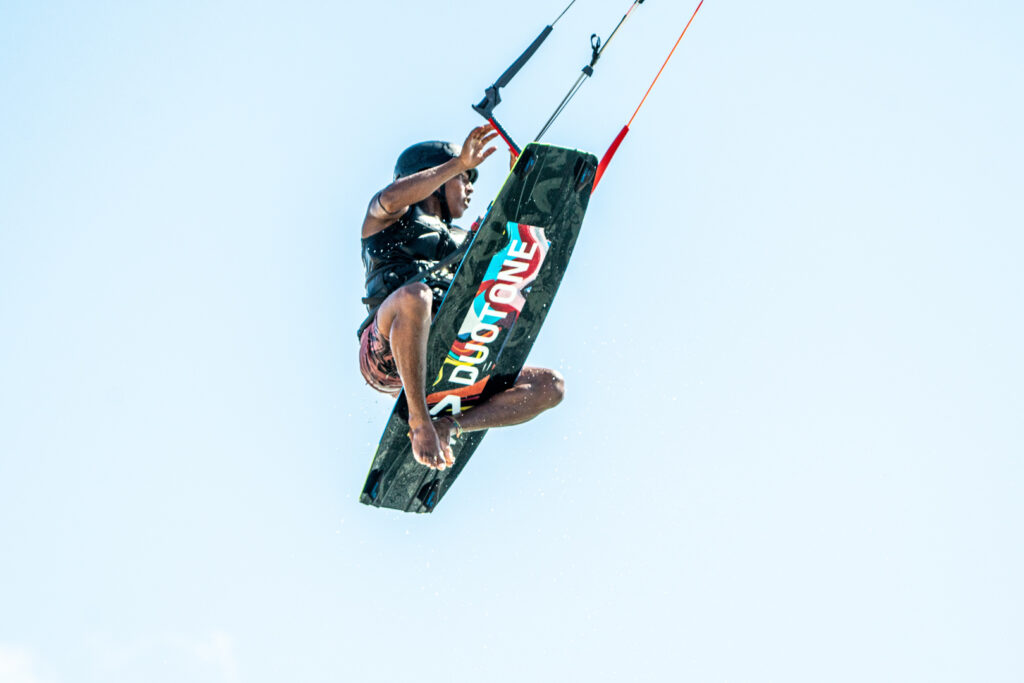
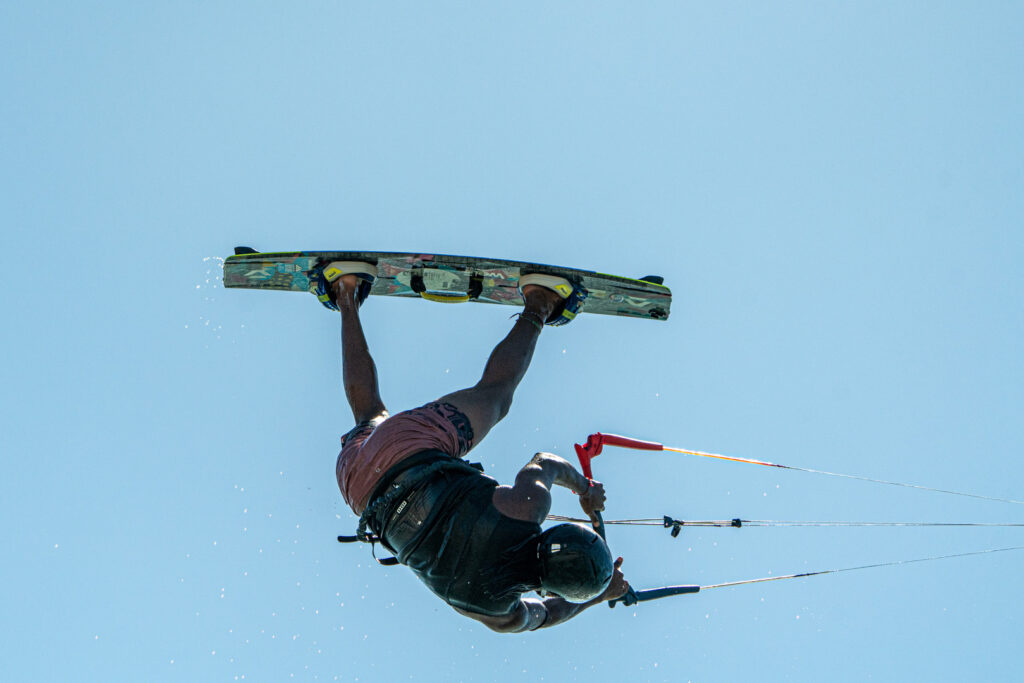
Freestyle: Perfect Your Tricks
Freestyle is all about executing stylish tricks like spins and flips inspired by wakeboarding. It’s creative and technical, require strength and the crashed can be challenging.
Difficulty: Requires precision and control. Progression involves learning complex tricks, so step-by-step instructions are crucial for advancing from basics to more advanced moves.
Best Conditions: Light to moderate winds and consistent conditions are ideal for both starting and progressing. Flat water makes learning easier and, for example, pro riders often train in butter-flat water. Landing unhooked with your kite at 45 degrees means that your landings will be harder and more unforgiving. Therefore, flat water is much better.
Travel Spots: Top locations for Freestyle include Brazil, Greece, and Sicily.
Great For: Athlet shapes; expert instructors will guide you step by step from beginner to advanced tricks.
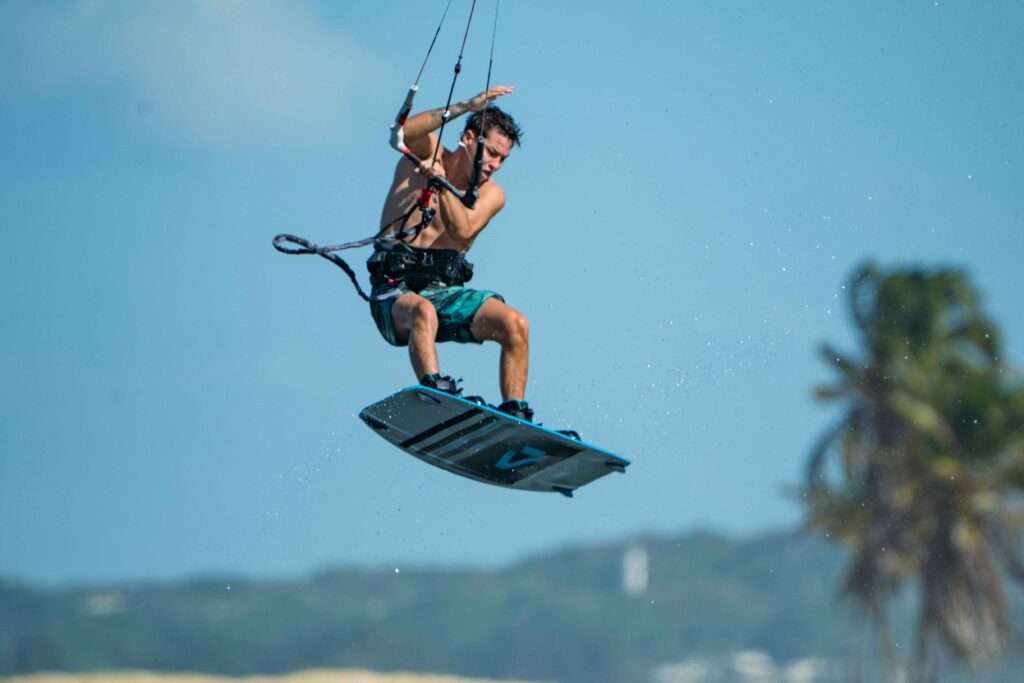
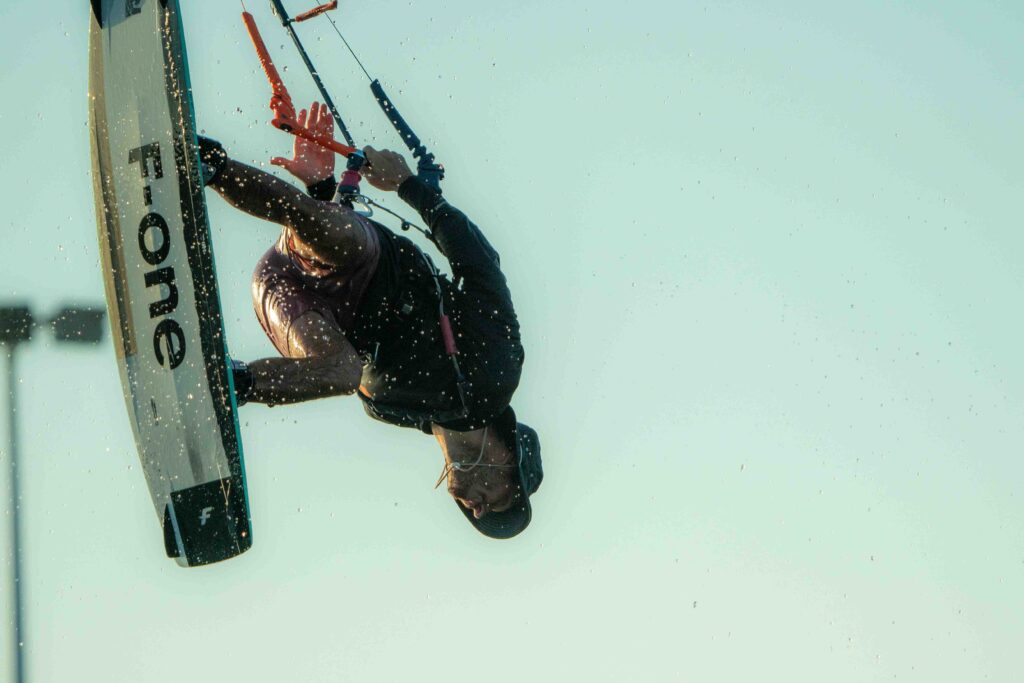
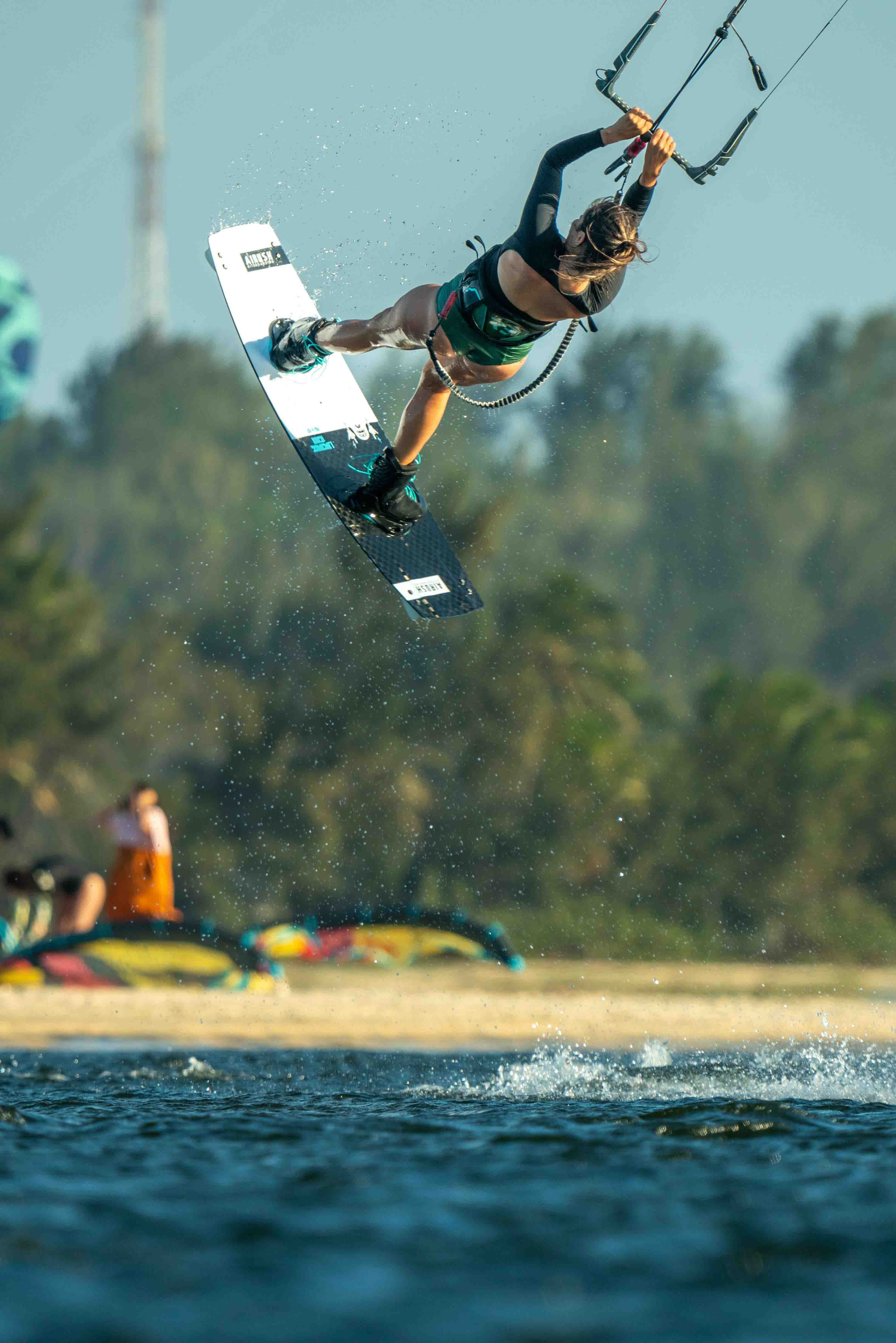
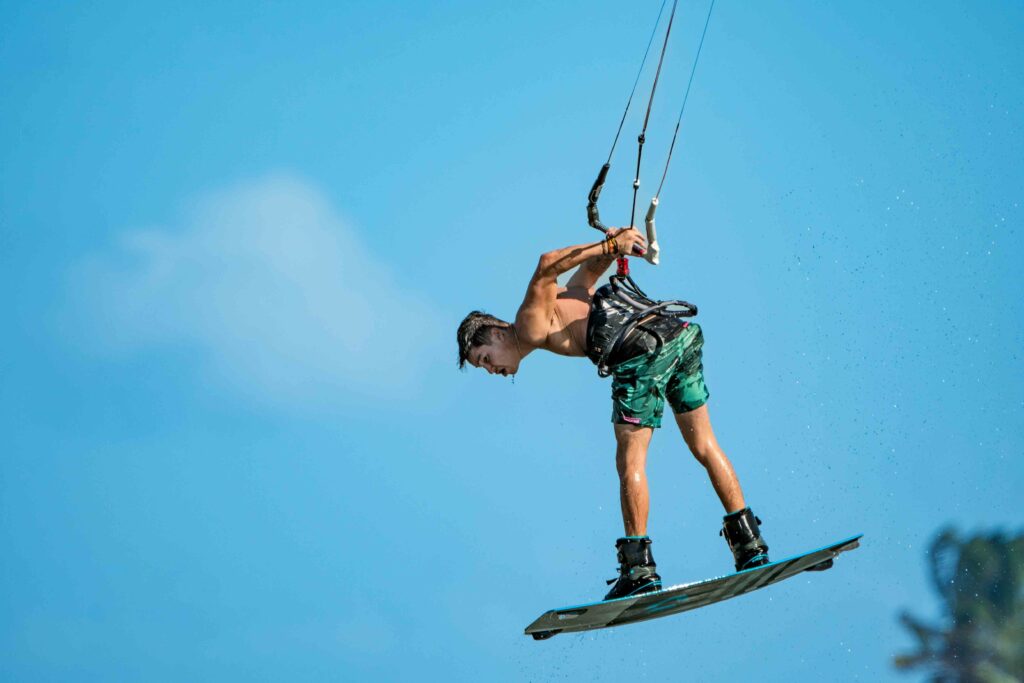

Wave Riding: Ride the Ocean
Description: Combines kiteboarding with surfing, focusing on riding and maneuvering over ocean waves. Perfect for those who enjoy a smooth, free-riding experience.
Difficulty: Takes time to master wave timing and kite control. Choosing the right spot and receiving good instruction will help accelerate your learning.
Best Conditions: Coastal areas with consistent waves. Starting with smaller waves and gradually increasing the size is recommended.
Travel Spots: Brazil, Peru, Fiji Island, Hawaii.
Great For: Riders who enjoy both kiteboarding and surfing and seek a natural, smooth riding experience.
Which Style Fits You?
Your choice depends on what excites you the most. Whether you’re into high-flying jumps, stylish tricks, or the natural flow of wave riding, each style offers unique challenges and thrills.
Ready to dive in? Explore our kite trips to top destinations and find the perfect spot to advance your skills!
This version maintains clarity and engagement while correcting grammatical issues and enhancing readability.
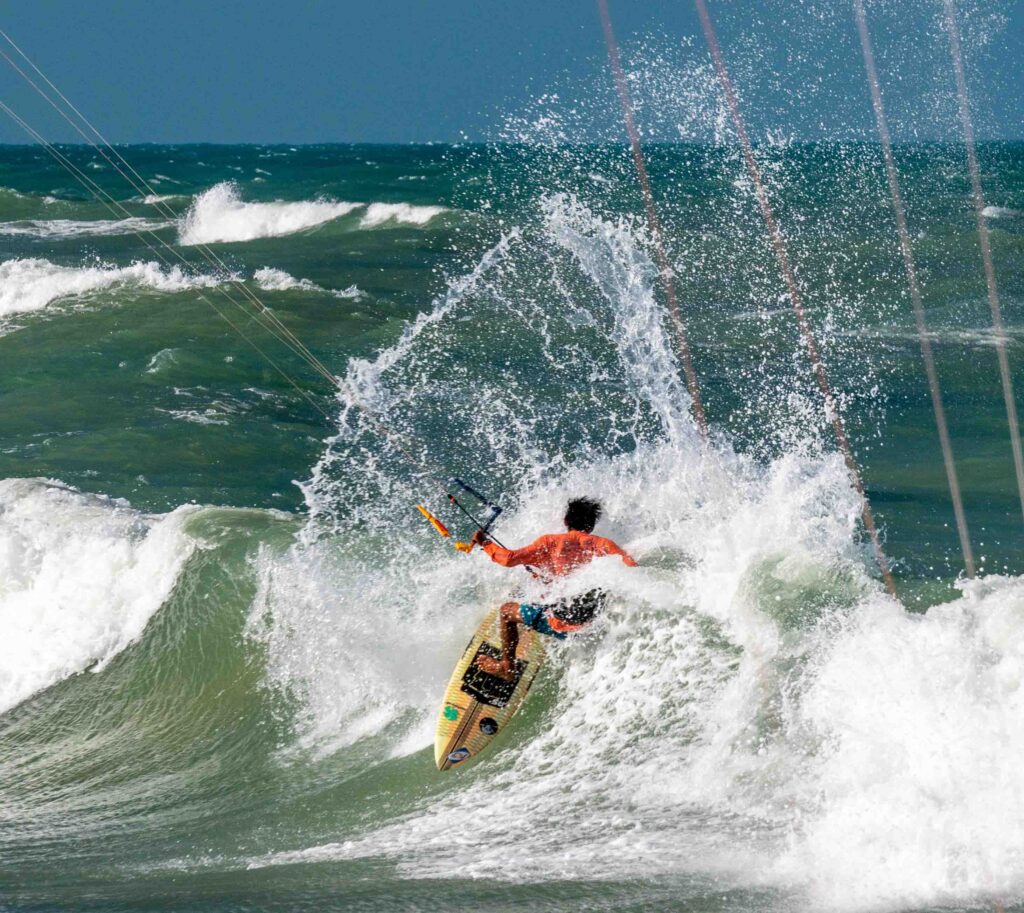
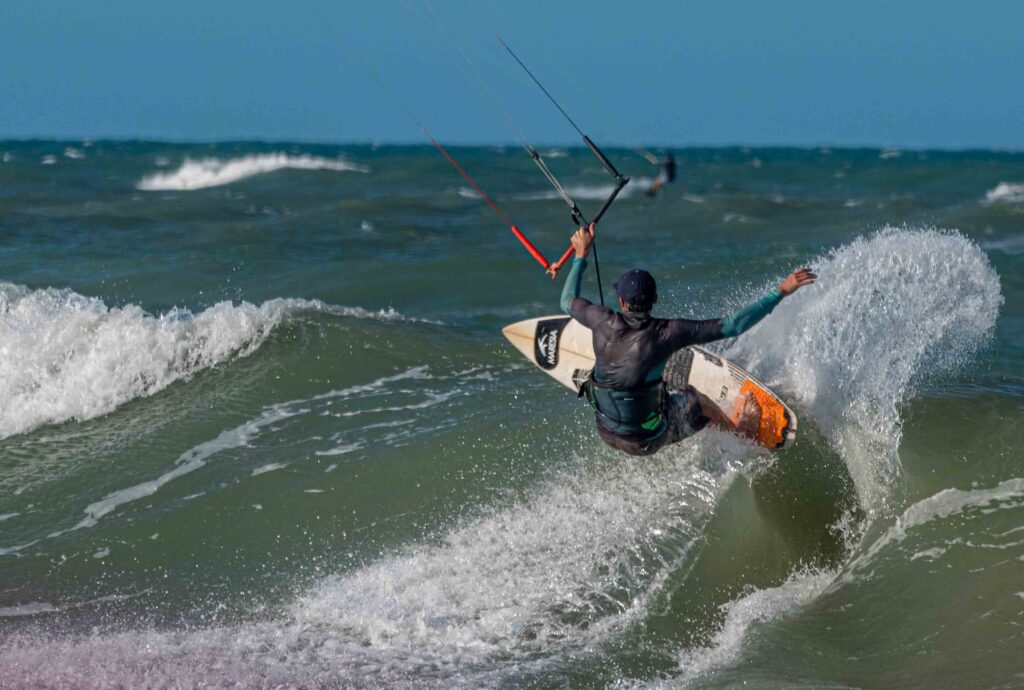
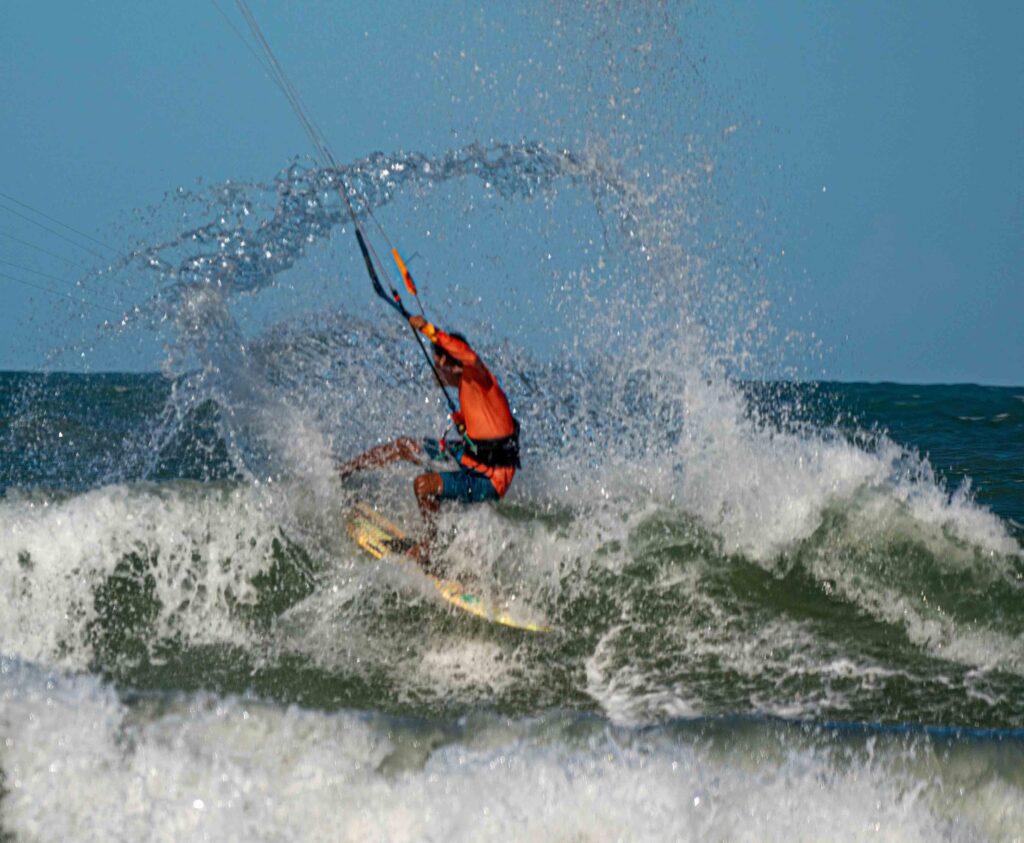
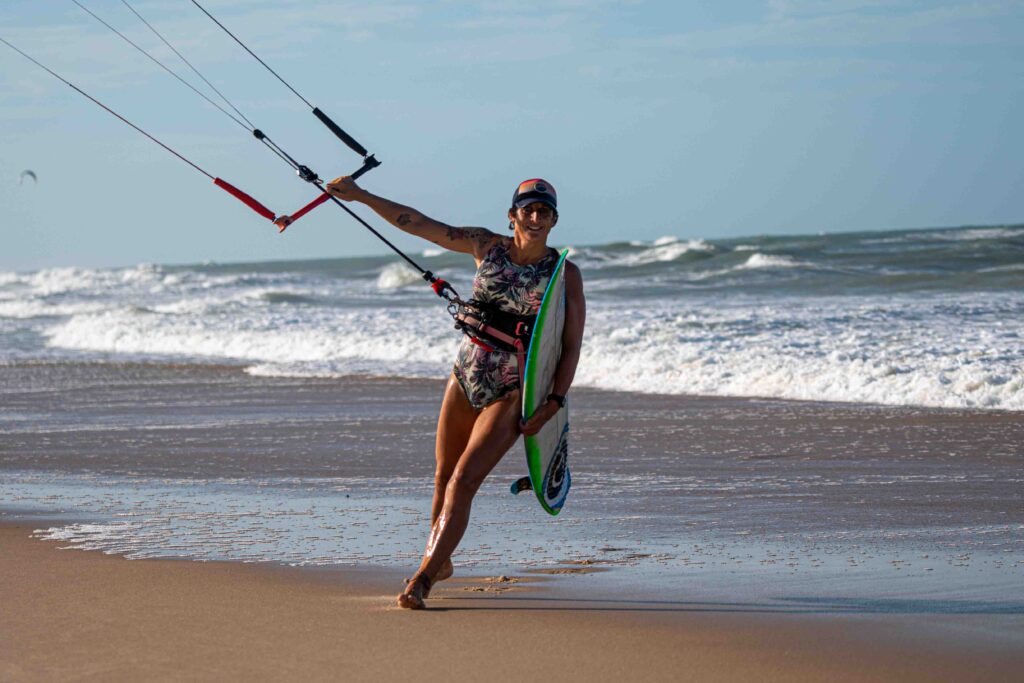

Whether you’re reliving the excitement of your own journey or contemplating joining us on our next expedition, our memorial video serves as a window into the magic of our trips, inspiring dreams and igniting passions along the way.
Join our next camp to live a perfect vacation while improving your kite skills. Check out or next destinations!

